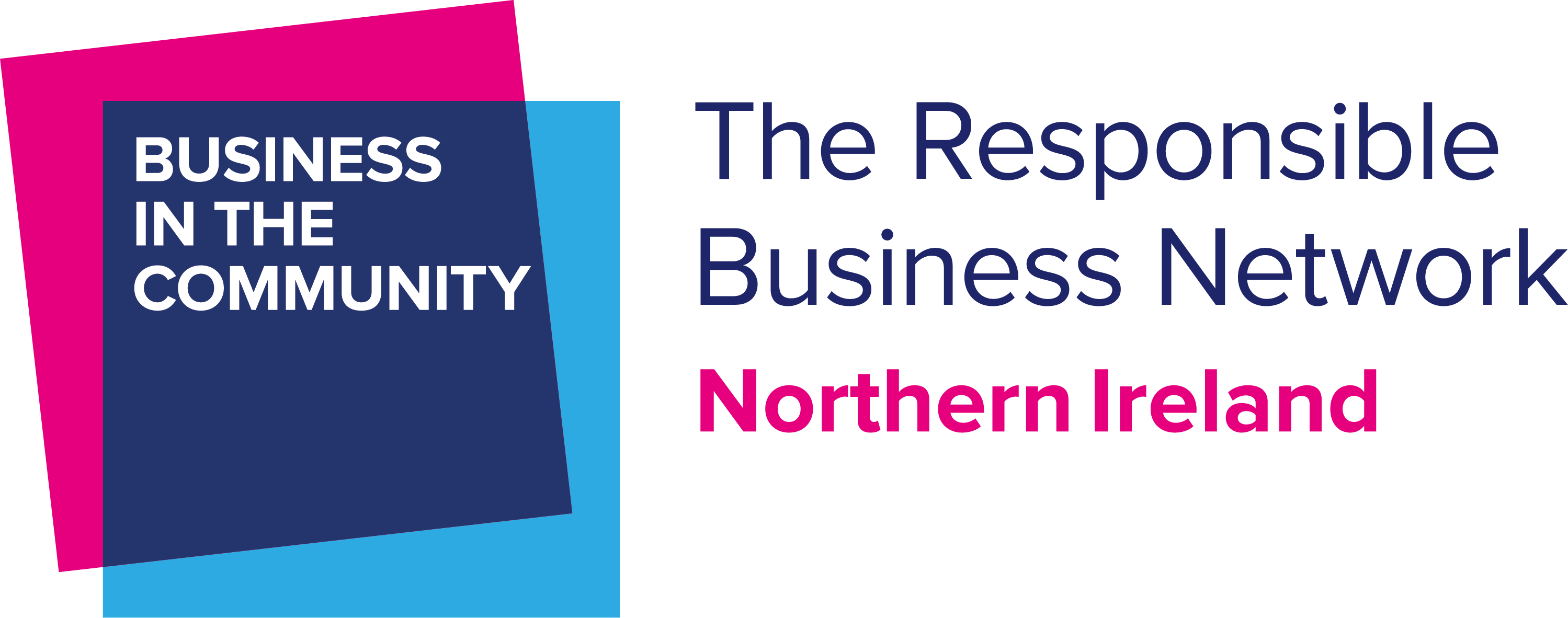Translink has a history of quietly managing biodiversity, however, its partnership with the then Ulster Wildlife Trust in 2007 brought about a stepped change in biodiversity awareness and assisted the organisation in directing and prioritising its work.
Why did you decide sign the charter and decide to address the biodiversity topic?
In 2009 the Transport Minister launched our first ever dedicated Biodiversity Action Plan, with a challenge to his departments to step up to the plate.
As a leading business in Northern Ireland, we recognise and take pride in the significant role we must play in providing for biodiversity and it is a key strand within our Corporate Responsibility Strategy. Our ‘Translink Biodiversity Project’ has developed into a clear statement of our commitment to biodiversity and the on-going protection and enhancement of our local environment.
The Charter has provided us with independent assurance that what we are doing meets best practice and it is a corporate objective.
How does your business impact biodiversity?
Our transport network and in particular the railway environment is an important biodiversity resource offering important habitats for many species of flora and fauna. Railway land acts as a ‘green network’, linking cities and towns creating more ‘natural’ corridors through intensively managed agricultural areas. Much of our rail network runs through or adjacent to areas that are important for conservation such as Special Areas of Conservation (SAC) like the Bann Estuary and other designated sites such as Areas of Special Scientific Interest (ASSI), Areas of Outstanding Natural Beauty (AONB), and Nature Reserves eg. Brakagh Bog just south of Portadown. Although our priority is to ensure that our services operate safely and that employees can work in a safe environment, the organisation is very conscious of the business and wider benefits of biodiversity.
What positive impacts on biodiversity have you achieved?
Our biodiversity focus has and continues to benefit the organisation in many ways, including:
- Reduced risks and liabilities – by identifying what biodiversity assets we have within our network and estate, being able to plan, and providing the necessary information to our staff and contractors we can operate more sustainably from an environmental, social and economic perspective.
- Enhanced company environmental culture – biodiversity related corporate volunteering, direct employee training, and internal and external communications of our biodiversity work have helped to develop further the environmental culture within the business and highlighted Translink as an employer of choice.
- Improved relations with adjacent landowners and farmers – the biggest safety risk on the railways is the interface at crossings. Using biodiversity and environmental management enables us to build effective relationships with our adjacent landowners and particularly farmers.
- Partnership culture with regulators and NGO’s – we engage with local biodiversity officers and NIEA on a proactive basis and are in regular contact with organisations such as Ulster Wildlife, RSPB and Causeway Coast and Glens Heritage Trust exploring opportunities to work together.
How are you going to develop what you are already doing? What are your plans for the future?
We are currently updating our Biodiversity Strategy to enhance the programmes we already have in place, ensure a greater focus in providing pollinators and seek opportunities to align our biodiversity work with other key priorities e.g. our Net Zero Emissions by 2040.
Why should other businesses get involved?
All businesses have an impact on biodiversity, whether directly or indirectly, so we all need to get involved. Whether you’re starting out on your biodiversity quest or have already initiatives in place the Business and Biodiversity Charter provides a unique framework for organisations of all sizes to address their impact on biodiversity, and provides a mechanism for third-party recognition which is endorsed by Ulster Wildlife.
Find out more about signing Business in the Community’s Business and Biodiversity Charter.



